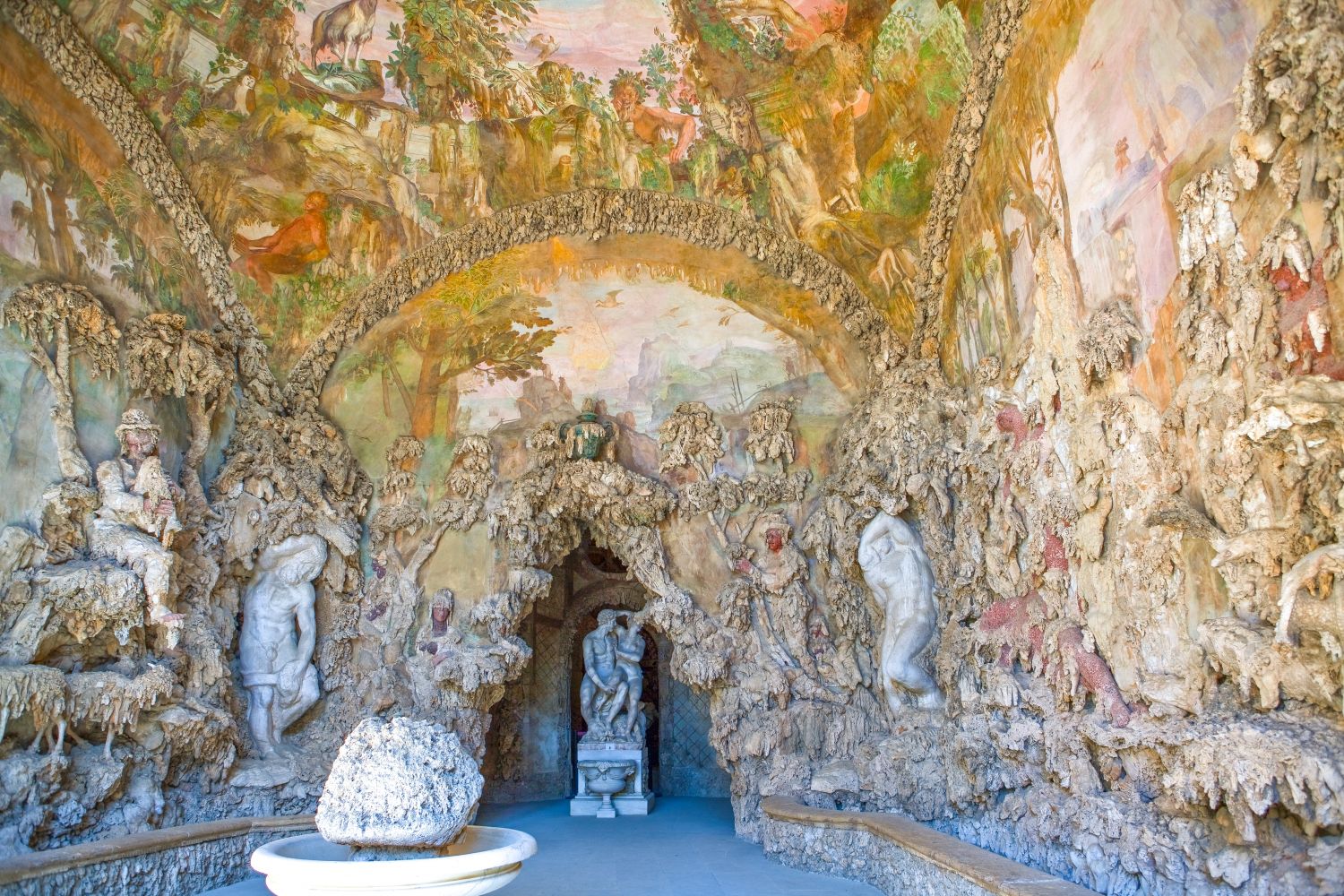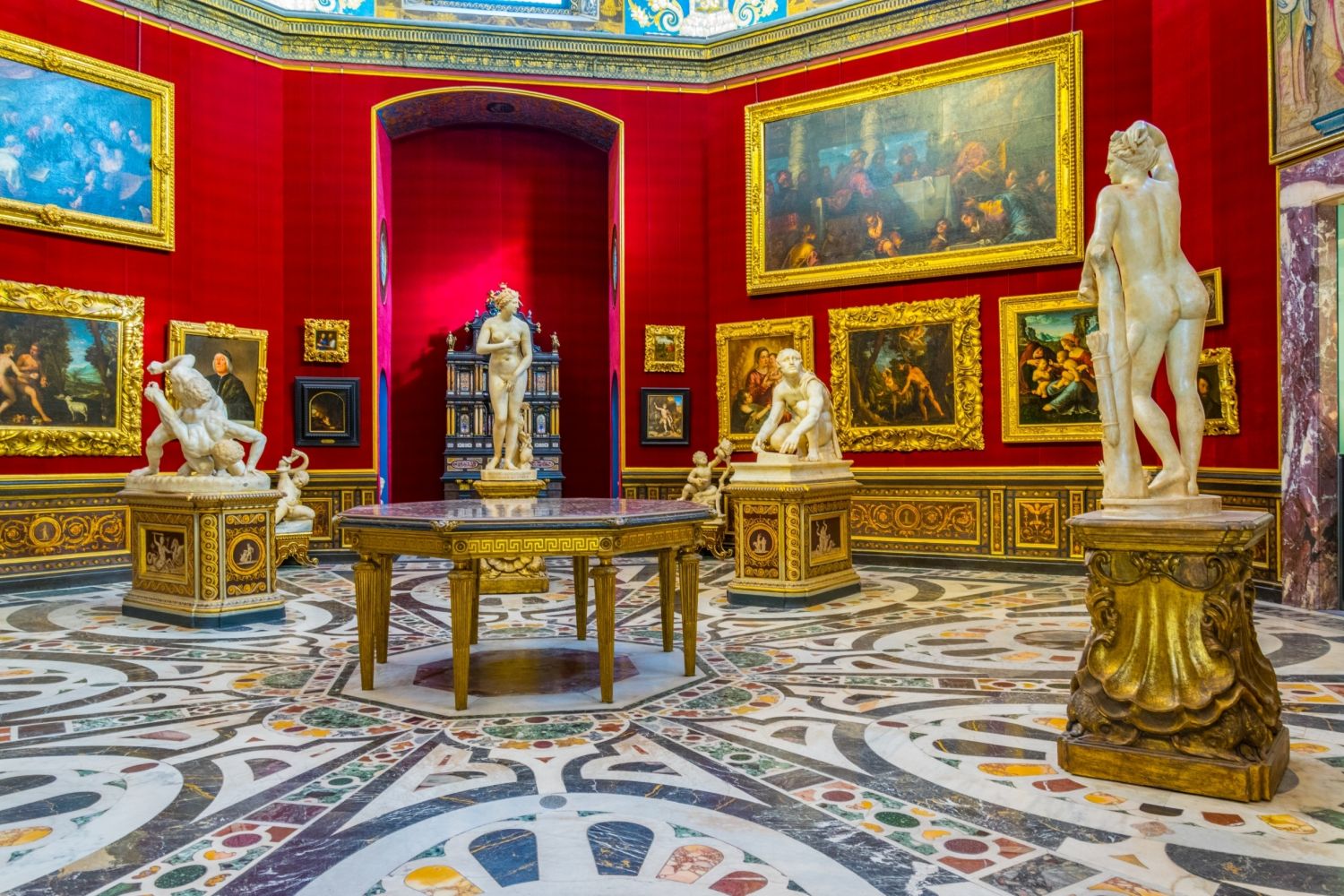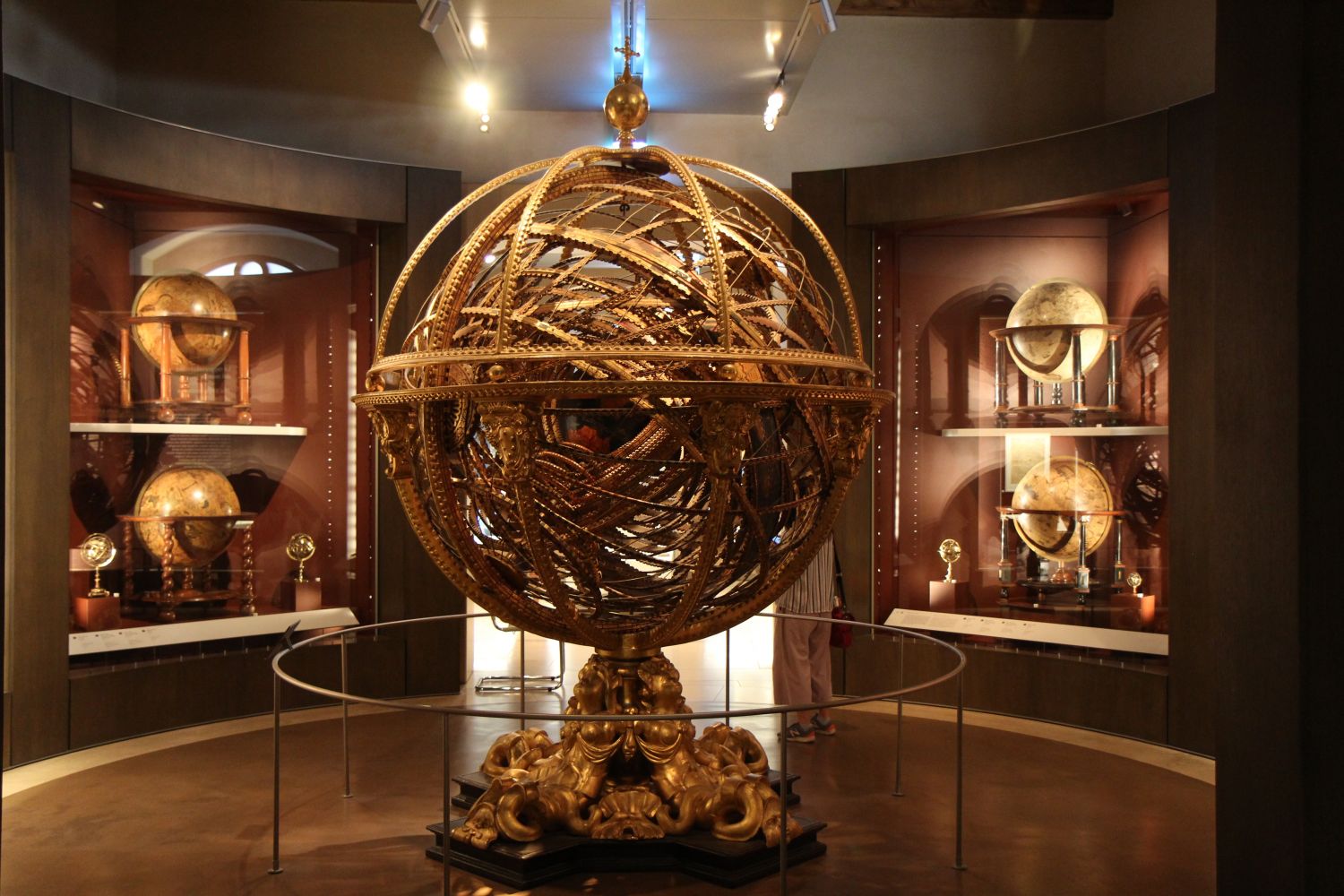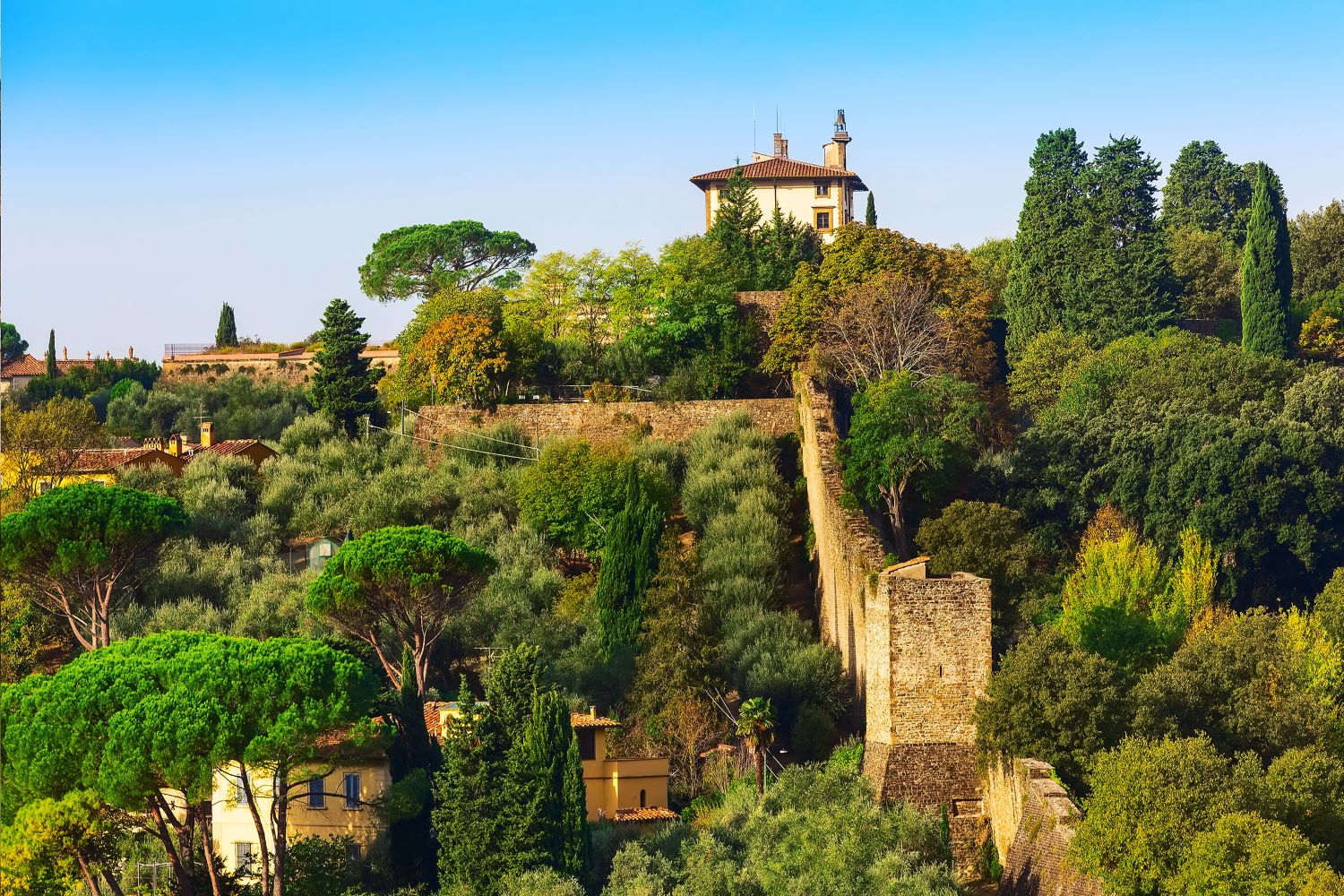
Pitti Palace and Boboli Gardens Tour
A day in court with the Medicis, the Lorraines and the kings of Italy..!
Explore










When we talk about the city walls of Florence we are usually referring to the impressive remains of those built by Arnolfo di Cambio, the sixth and last ‘circle’ (1284 - 1333), still clearly visible along Via di Belvedere and from Piazzale Michelangelo (Michelangelo Square..!). Not many people however are aware that there are still evident signs, inside the city, of the previous five circles of walls which no longer stand..!
Where did the city walls in that period (1st century BC) stand? Interspersed every fifty metres with round towers, they stretched west from Piazza Santa Trinita to Via de’ Cerretani, and north, again from Via de’ Cerretani, to reach Piazza Duomo at the back of Santa Maria del Fiore (this section was in fact sealed off near the entrance to today’s Borgo San Lorenzo at the ‘Contra Aquilonem’ Gate or North Gate which is where the famous North Door of the Baptistery gets its name from).
Setting off from behind the Duomo and walking down Via del Proconsolo towards Piazza San Firenze, we are in fact following what was originally the east flank of the walls; and here there are surprises waiting for us..!
Inside the restaurant that today occupies nos. 8 - 10/r, as likewise the clothes shop opposite at no. 1, several portions of the floor have been left as ‘windows’ allowing a view of the remains of one of the watch towers (in the case of the shop the ruins are also visible from the street). Before arriving in Piazza San Firenze, in front of Bargello (street nos. 2 - 9), we can see round metal rings set into in the pavement which mark the whereabouts of another of these towers that came to light in 1994..! The concentric brass rings were used to indicate the position of the tower when the street was resurfaced..!
We could conclude our stroll around ‘Florentia’ by following the bumpy (and still not very well known) southern stretch of the Roman walls, from Piazza San Firenze across Piazza della Signoria going down Calimaruzza and Via delle Terme (once again to Piazza Santa Trinita). More or less where Calimaruzza and Via Por Santa Maria meet is where the South Gate of the city walls stood. Renamed ‘Porta Santa Maria’ in early medieval times there remains traces of its ancient presence in the name of the street: ‘Via Por Santa Maria’ meant nothing more in fact than ‘Via Porta Santa Maria’, (‘porta’ meaning 'door'). In the basement of number 3, in Calimaruzza, the remains of this part of the wall are still visible, illuminated by three skylights of dark green glass embedded in the pavement in Via Por Santa Maria at number 74/r..!
Important reminders of the later circle of walls, those from the medieval period (the 4th - 1078 and the 5th - 1173/1175) still remain in the centre of the city. One of these is Via del Castello d’Altafronte, a narrow little street that skirts the Loggia del Grano in the square of the same name, and Palazzo Castellani, and which leads to Piazza dei Giudici. The Castello d’Altafronte – from the name of the Florentine family who owned it up until 1180 – stood where now, since the 14th century, Palazzo Castellani housing the Galileo Museum, has been standing. It was an enormous fortress composed of several different buildings. Another wall (restored by Countess Matilde di Canossa) ran along Via del Castello d’Altafronte and extended the western side of the Roman wall from Piazza San Firenze to the river Arno. This wall can therefore be considered part of the fourth ring.
We will finish our walk going elsewhere, to the Arco di San Pierino, a long, stone brick tunnel, the architectural origin of which is rather difficult to explain, that, passing through the buildings, connects Via dell’Oriuolo to Piazza San Pier Maggiore. It is believed that it could be what is left of one of the gates of the fifth circle of Florentine walls (1173 - 1175)..!
